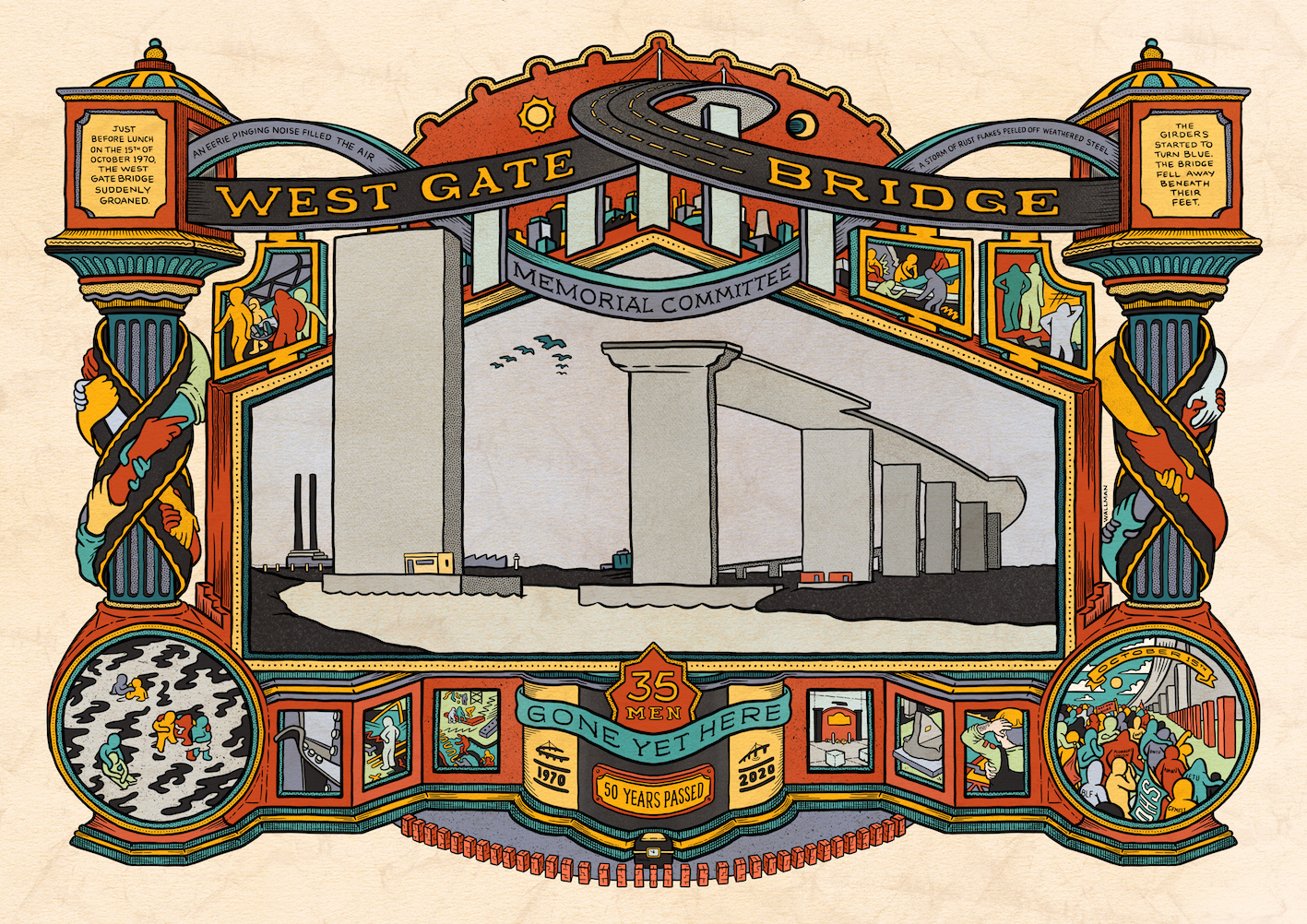When workers are injured or killed on the job, pain and grief scatter like shards of glass over family members, friends and workmates. Incapacity and death caused by workplace accidents place enormous physical, emotional, financial and legal burdens on each worker’s family members that can be lifelong, even intergenerational.
Our new article in Labour History: A Journal of Labour and Social History explores the aftermath of the West Gate Bridge collapse to see what happened to the 28 widows and 88 children of the victims, whose lives were irrevocably changed on 15th October 1970. Overnight, significant adjustments became necessary as predominantly independent working-class families became reliant on both public and private forms of welfare.
A large fund was accrued via public donation to assist the families and was distributed by a committee of union leaders, trustees and welfare administrators. But what principles guided fund payments to the families? In this research, we reveal what the archival records suggest about how working-class women fared as they interacted with the social welfare systems and attitudes of the early 1970s.
[Image is of the banner made by Sam Wallman, commissioned by the West Gate Bridge Memorial Committee to commemorate the 50th anniversary of the collapse]
